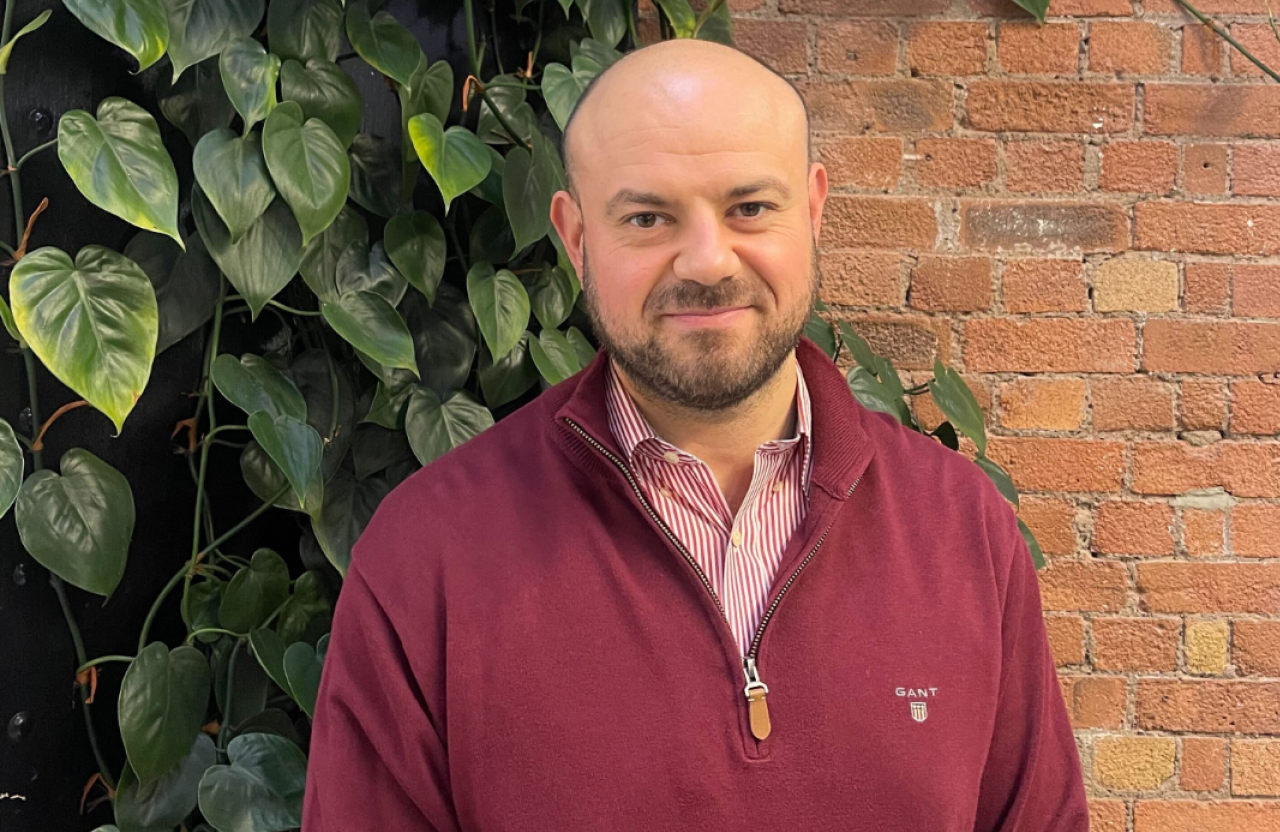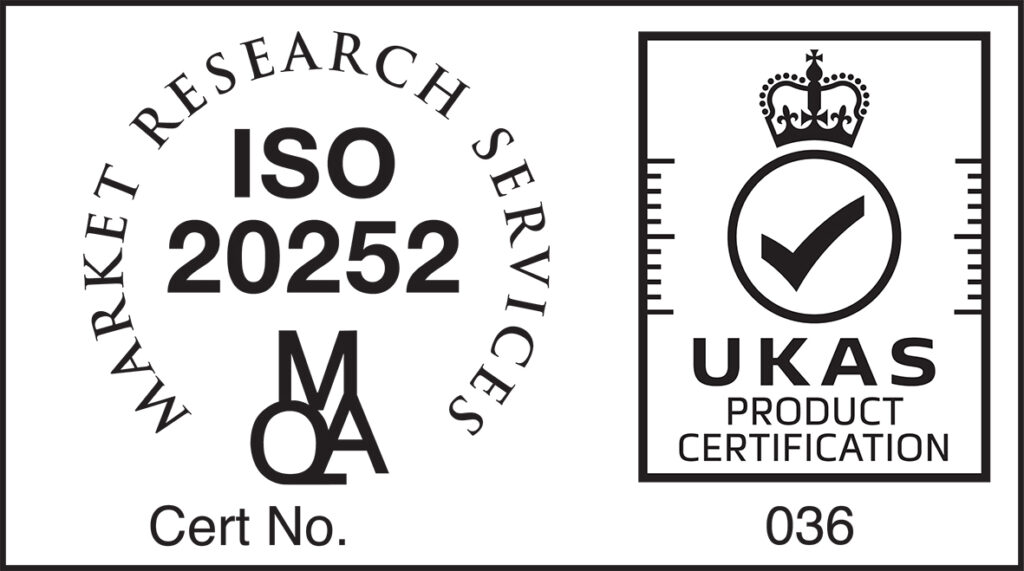Let’s get to know me a bit.
Hi, I am Alin, Survey Programming Manager at Yonder Data solutions. I’ve been working in market research programming for about 17 years now, 7 of which were spent in Romania, and 10 in the UK.
It’s funny because 17 years ago I did not see this as a long-term career! If you are curious about what has kept me going – it’s the people! I consider myself an incredibly lucky person, along the years I’ve gotten to know, work with, and learn from a lot of amazing people (and I still do).
Consult rather than execute.
At Yonder Data Solutions our goal is to deliver the highest quality data and create the best experience for our clients. This is why they keep coming back to us!
The secret sauce for this recipe is experience: while our scripting team counts in the single digits (9) our collective experience reaches 194 years. So, we can do more than program the surveys for our clients – we can advise on best solutions to use, while foreseeing and preventing possible issues. There was a post trending on LinkedIn a few years ago along the lines of: “If I do a job in 30 minute it’s because I spent 10 years learning how to do that in 30 minutes.” – imagine what almost 2 centuries of learning can do for you!
What do we do and how?
Most will say scripting surveys is not rocket science (hey, even that seems easy these days with the amount of satellites Elon is sending up there) but as tech evolves and today more data equals more power, our clients are always pushing the limits of innovation. We pride ourselves in following suit. We blend into our surveys the more consecrated methods of Conjoint, Max Diff or Implicit Testing with modern technologies like Augmented Reality, Facial Coding or AI probing to enable our clients to achieve their goals. Our intricate quota algorithms can bring balance to your samples, or they can help you boost certain audiences with minimal sample usage – for those of you who know me, yes, tinkering with quota algorithms is still one of my favorite parts of the job!
We deliver all this on all devices. In general, about 65% of our respondents use mobile or tablet devices to complete the survey, so that is something we are paying great attention to. Together with the survey management team we make sure our respondents have the best journey possible through our surveys no matter the device they choose.
The most interesting project I had.
It happened recently, and is going to be a success! What made this project interesting was a concept I have never encountered in all my previous years in programming, and neither did any of my teammates. The project’s purpose was to measure the attention people give to commercial breaks on TV. The point was that as soon as there is a commercial break on TV, we tend to turn to our phones for social media browsing, for answering a text or for reading news. The project set out to find how much passive attention we still give to what is running on TV while also doing various tasks on our phone. For this we had to have two surveys. One that simulates a TV environment, where we would play some videos and audio ads, and another that would simulate the mobile environment, where we would show simple tasks like writing a message or reading a social media post or a news article. All this sounds nice and easy, right? But the complicated part is that the two surveys had to be perfectly synchronized so we were able to overlap the videos shown on the big device with the tasks shown on the small device. Obviously, I won’t be sharing our top trade secrets here, but using a sprinkle of backend magic we managed to get over this hurdle. Because our client brilliantly designed the survey with a rotation plan for the mobile tasks, they were able to extract unbiased conclusions on how much unfocused attention a person would still pay to the TV during a commercial break, while they are doing a series of different things on their mobile. This was part of a scientific study in collaboration with a Think Tank so I can’t wait to see the study being published.
Epilogue
I’ve been part of Yonder Data Solutions for almost 10 years now. It was the first job I landed on the first day I came to London – overall a lucky affair! But after all these years I consider myself even luckier, having left an amazing team in my previous workplace, to end up in Yonder with people that are like a secondary family to me. Thank you, all the lovely people that I’ve met on my journey – it has shaped me into the person I am today.
